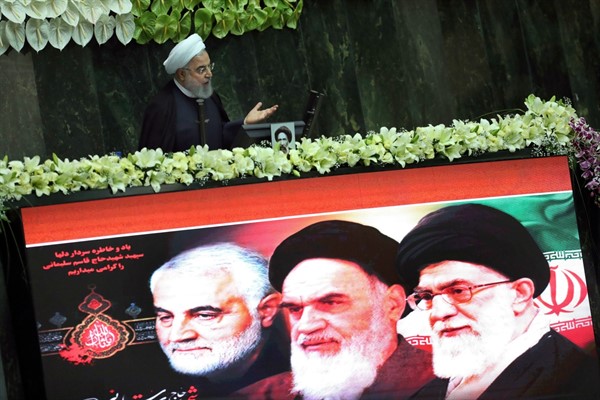A series of mysterious explosions have rocked Iran over the past several weeks, including in two locations known to be military and nuclear sites. Although it remains unclear what—or who—is causing the blasts, it is becoming increasingly reasonable to assume they are not mere coincidences. Meanwhile, a leaked document this week purportedly revealed the outlines of a 25-year strategic partnership agreement being negotiated by Iran and China, by which Beijing would provide Tehran with much-needed investment and great-power patronage in return for heavily discounted oil.
Both developments highlight the wisdom of the now-teetering Iran nuclear deal, officially known as the Joint Comprehensive Plan of Action, but also its limitations and the obstacles to any future efforts to revive the agreement.
The explosions, the latest of which happened Monday at a gas plant in eastern Iran, have occurred at several power and energy facilities as well as other industrial locations. But two in particular have captured international attention—one at a liquid fuel production facility used in Iran’s ballistic missile program, and another that heavily damaged a building at the Natanz nuclear facility used to assemble next-generation centrifuges for Iran’s uranium enrichment program.

